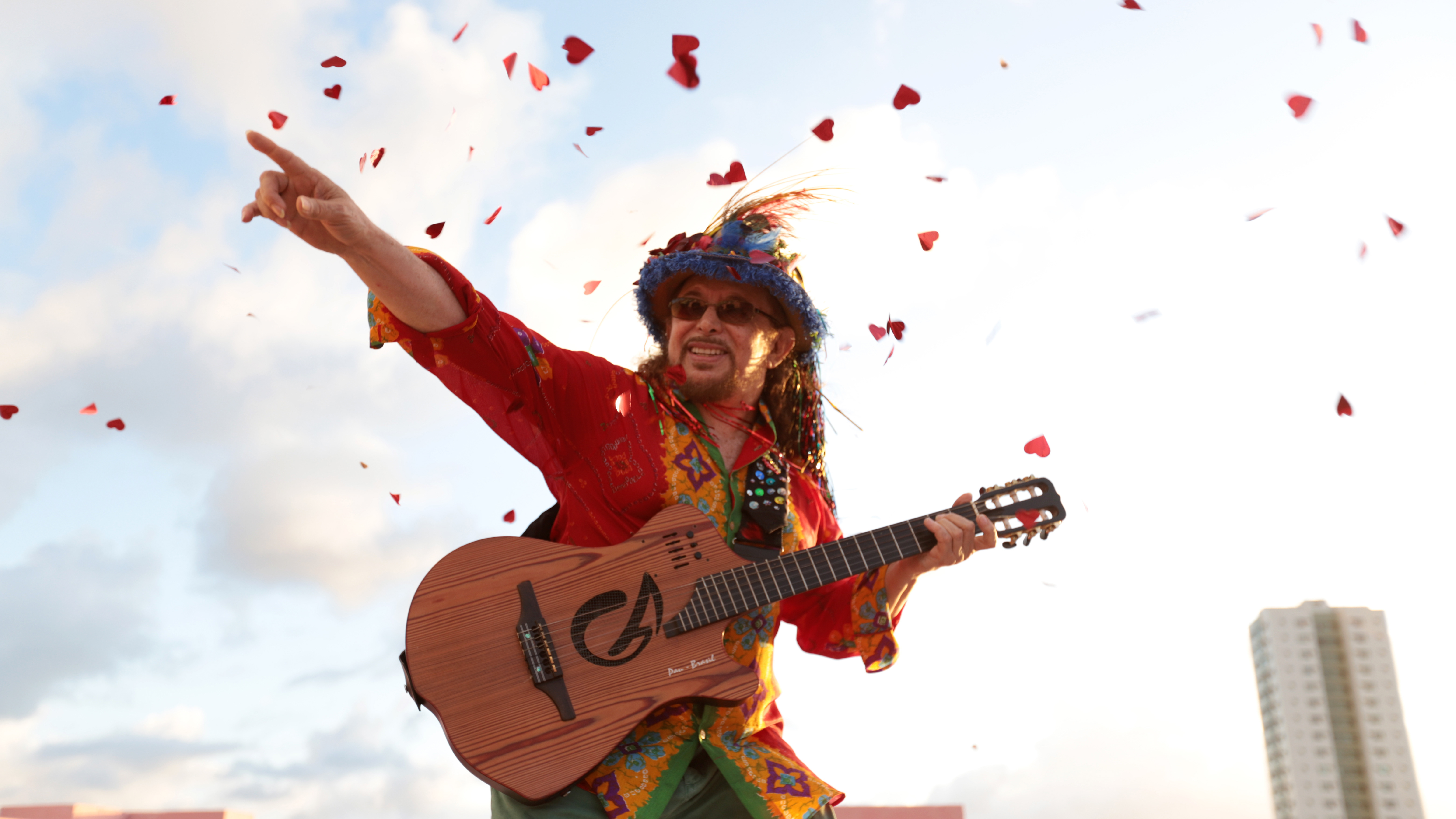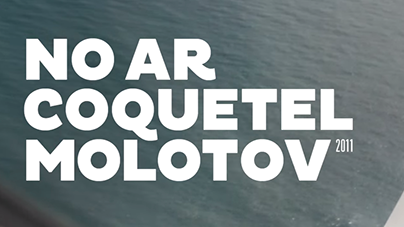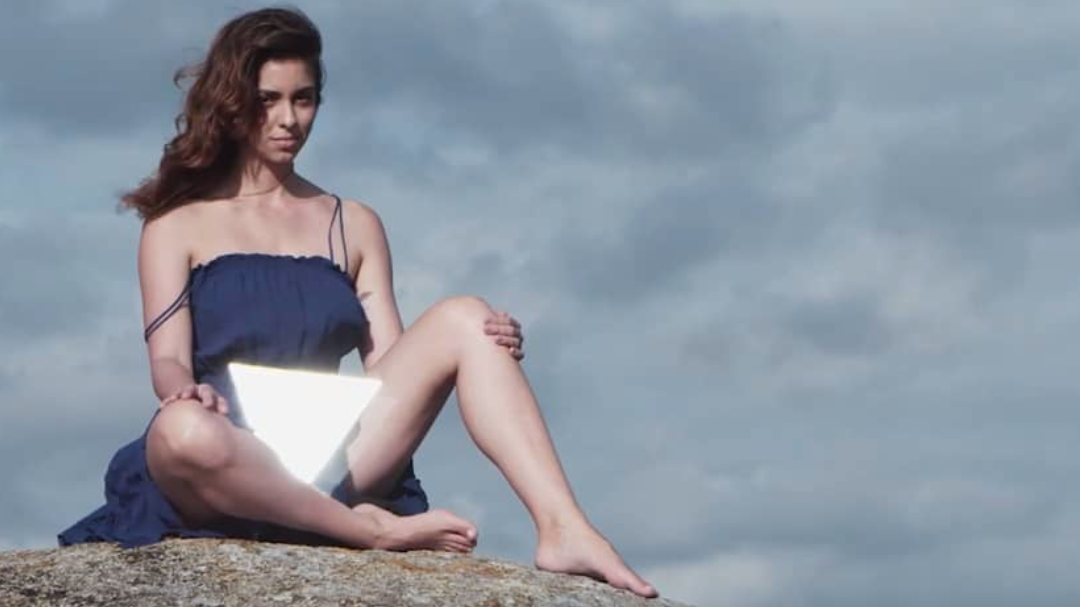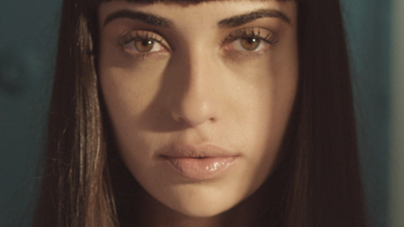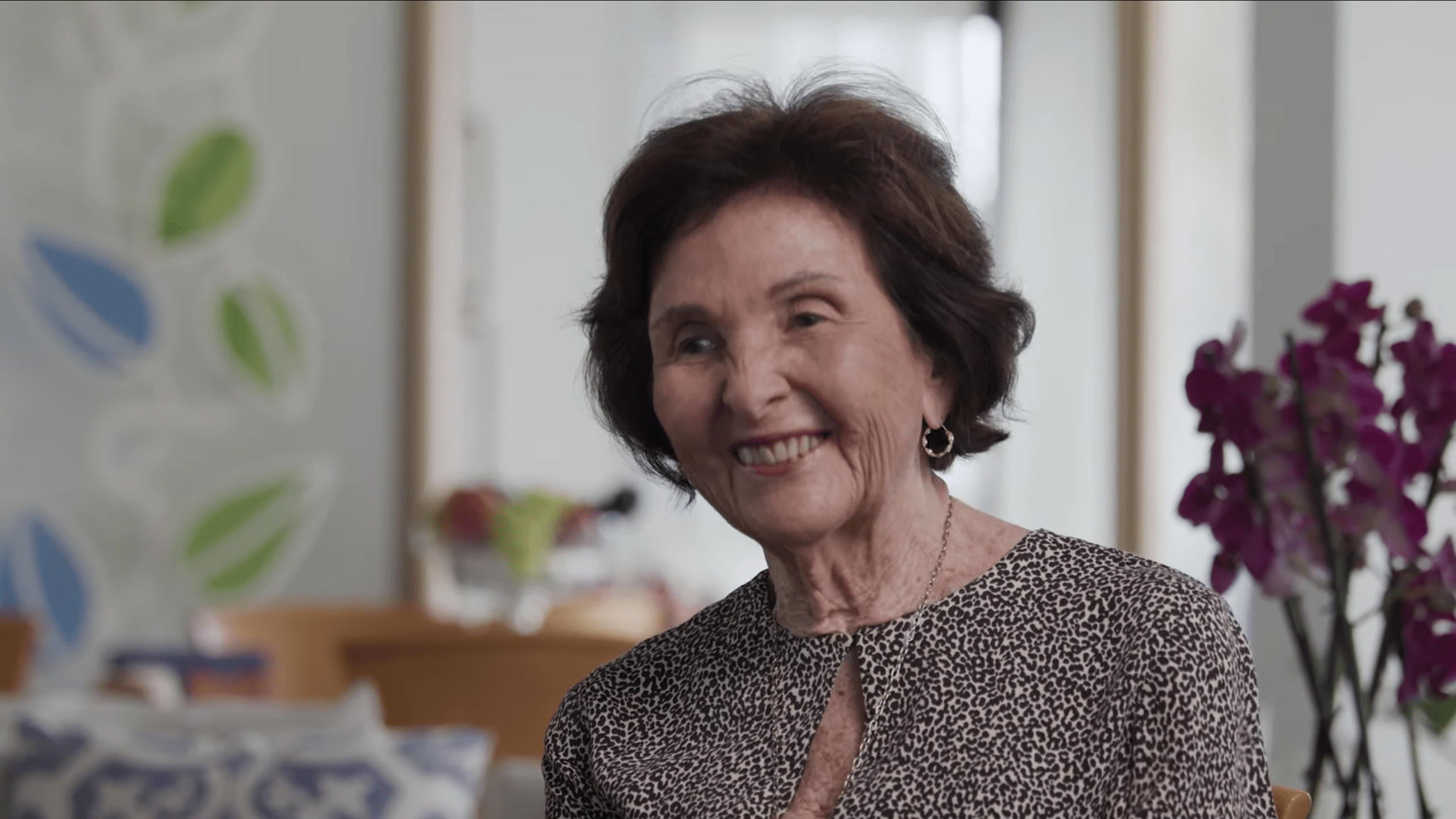In Daydream, a visual artist lives an ordinary day in her studio. With the paintbrush suspended in front of a white canvas, she daydreams; her thoughts permeate through a colourful and vibrant imaginary world. Her dreams are an escape that feeds her imagination and brings inspiration to her works— a fundamental resource for any artistic work.
Produced by Bateu Castelo
Daydream is an immersion into an universe of images that permeates the unconsciousness of a female artist at the moment of creation. The artist's thoughts run through an imaginary world that is colourful and vibrant; an escapism that feeds the imagination and brings inspiration for actions—a fundamental resource for any artistic work. The narration is by Carl Jung, the famous Swiss psychoanalyst, extracted from an interview in which he defends the view that fantasy is as real as real life. This is the concept that underlies the script and carries along the narrative of the film.
All the production design was handcrafted by local artists. Among the examples used are the carrancas, or carved figureheads on boats, are important symbols of the culture of the State of Pernambuco, in Brazil. It is believed that they have the power to scare away evil spirits. The carrancas represent, implicitly, the internal conflicts that have to be overcome in the act of creation. Mirrors of various formats and sizes also run through the story: they are an allusion to the interior questioning or the act of looking at oneself, as a portal to another dimension. All this dreamlike atmosphere constitutes a disquieting scenario, punctuated by the original soundtrack created exclusively for the film. Apparently disconnected fragments link together and create a unique meaning for each spectator.


